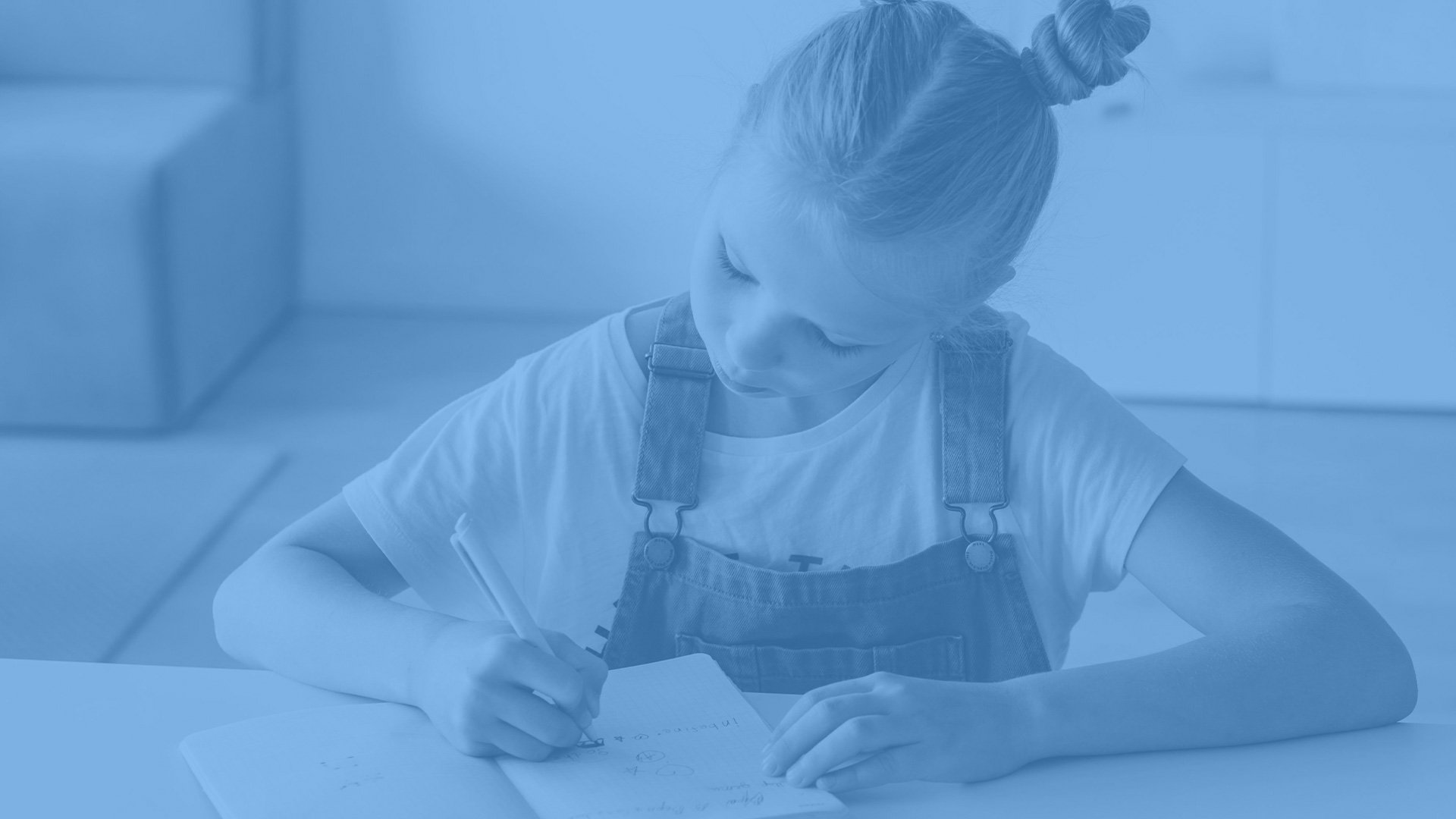
MathsBites is your go-to guide for
clarity, confidence and certainty.
MathsBites is built using the NSW syllabus.
Every concept below will be covered by your child during Stage 3,
and every concept is explained and demonstrated by your MathsBites videos.
Scroll through and see how much they will cover.
Stage 3, Part B - Year 6
Represents Numbers
Decimals and percentages: Make connections between benchmark fractions, decimals and percentages
Recognise that the symbol % means percent and 100% is the whole amount
Recall commonly used equivalent percentages, decimals and fractions including 1/2, 1/4, and 3/4
Represent common percentages of quantities and lengths as fractions and decimals
Recognise that 10% is one-tenth of 100% and use this to find 10% of a quantity
Whole numbers: Locate and represent integers on a number line
Recognise the location of negative whole numbers in relation to zero and place them on a number line
Use the term integers to describe positive and negative whole numbers and zero
Interpret integers in everyday contexts
Recognise that negative whole numbers can result from subtraction
Decimals and percentages: Determine percentage discounts of 10%, 25% and 50%
Equate 10% to dividing by 10, 25% to finding a quarter by dividing by 4, and 50% to finding half
Use mental strategies to estimate discounts of 10%, 25% and 50%
Calculate the sale price of an item after a discount of 10%, 25% and 50%
Additive relations
Choose and use efficient strategies to solve addition and subtraction problems
Solve multistep word problems, including problems that require more than one operation
Compare, evaluate and communicate strategies used to solve addition and subtraction problems
Applies known strategies to add and subtract decimals
Model the addition and subtraction of decimals up to 3 decimal places using appropriate representations
Solve word problems involving the addition and subtraction of decimals up to 3 decimal places
Justify why the strategy used to solve addition and subtraction word problems is appropriate.
Multiplicative relations
Select and apply strategies to solve problems involving multiplication and division with whole numbers
Select and use efficient strategies to multiply whole numbers of up to 4 digits by one- and 2-digit numbers
Solve word problems involving rates using multiplication and division
Determine why different division questions have the same answer
Multiply and divide decimals by powers of 10
Use mental strategies to multiply benchmark decimals by single-digit numbers
Compare the relative place value of digits to multiply and divide a decimal by powers of 10
Estimate the product of a decimal and a whole number to determine the magnitude of a calculator answer
Use equivalent number sentences involving multiplication and division to find unknown quantities
Complete number sentences that involve more than one operation by calculating missing numbers
Identify and use inverse operations to assist with the solution of number sentences
Recognise that division can be recorded using fractions
Represent and describe number patterns formed by multiples
Use a given geometric pattern involving multiples to create a table of values
Describe a pattern formed by multiples in words, in terms of multiplication rather than addition
Determine a rule describing the relationship between the bottom number and the top number in a table
Explore the use of brackets and the order of operations to write number sentences
Recognise the need to agree on the order in which to perform operations
Use grouping symbols () in number sentences to indicate operations that must be performed first
Investigate the order of operations using real-life contexts
Solve problems involving grouping symbols
Recognise that a fraction can represent a division
Identify how the relationship between the number being divided and the divisor is represented in a fraction
Representing Quantity Fractions
Compare common fractions with related denominators
Order common fractions with related denominators using diagrams and number lines
Subdivide the area of a rectangle by both length and width to represent the multiplicative relationship between common fractions
Compare and represent fractions with denominators of 2, 4 and 8; 3 and 6; 5 and 10 of a whole shape (area model) and a collection of objects (discrete model)
Create equivalent fractions for half in quarters, eighths, sixths and tenths by re-dividing the whole, using diagrams and number lines
Record equivalent fractions using diagrams, words and fraction notation
Build up to the whole from a given fractional part
Generate the whole quantity from non-unit fractional parts such as quarters, eighths, thirds, sixths, fifths and tenths
Find fractional quantities of whole numbers (halves, quarters, fifths and tenths)
Calculate quarters and fifths of whole numbers that are multiples of the denominator, using a tape diagram
Solve word problems involving a fraction of a quantity
Find 1/2, 1/4, 1/5 and 1/10 of collections, expressing remainders as decimals
Use equivalence to add and subtract fractional quantities
Solve word problems involving adding or subtracting fractional quantities with related denominators
Represent fractional quantities with the same or related denominators to add and subtract fractions
Geometric Measure
Position: Use the 4 quadrants of the coordinate plane
Plot and label points, given coordinates, in all 4 quadrants of the number plane
Identify and record the coordinates of given points on the number plane in all 4 quadrants
Describe changes to coordinates when a point is translated or reflected across an axis
Length: Connect decimal representations to the metric system
Recognise the equivalence of whole-number and decimal representations of measurements of length
Interpret decimal notation for lengths and distances
Record lengths and distances using decimal notation
Length: Convert between common metric units of length
Use decimal place value system to convert between metres and kilometres
Convert measurements to the same unit to compare lengths and distances
Explain and use the relationship between the size of a unit and the number of units needed
Length: Solve problems involving the comparison of lengths using appropriate units
Investigate and compare perimeters of rectangles with the same area
Determine the number of different rectangles that can be formed using whole-number dimensions for a given area
Solve a variety of problems involving length and perimeter, including problems involving different units of length
Angles: Investigate the relationships formed by the intersection of straight lines
Identify angle types formed by the intersection of straight lines, including right angles (90°), angles on a straight line (add to 180°) and angles at a point that form an angle of revolution (add to 360°)
Recognise that perpendicular lines intersect at right angles (90°)
Investigate adjacent angles that form a right angle and establish that they add to 90°
Investigate adjacent angles on a straight line and establish that they add to 180°
Investigate angles at a point and establish that they form an angle of revolution and add to 360°
Angles: Investigate angles on a straight line and angles at a point
Recognise right angles, angles on a straight line and angles at a point embedded in diagrams
Identify the vertex and arms of angles formed by intersecting lines
Two-dimensional spatial structure
2D shapes: Dissect two-dimensional shapes and rearrange them using translations, reflections and rotations
Use the terms translate, reflect and rotate to describe transformations of two-dimensional shapes
Dissect and rearrange one shape to make another
Recognise that translations, reflections or rotations change the position and orientation but not the size of shapes
Area: Find the area of composite figures
Find different ways to calculate the area of a composite L-shape figure
Area: Calculate the area of a parallelogram using subdivision and rearrangement
Show how to transform a parallelogram into a rectangle to find its area
Record, using words, a method for finding the area of any parallelogram
Area: Determine the area of a triangle
Investigate the area of a triangle by comparing it to the area of a parallelogram with the same base length and height
Establish the relationship between the area of a triangle and the area of a parallelogram formed by duplicating and rotating the triangle
Record, using words, a method for finding the area of any triangle
3D objects: Construct prisms and pyramids
Create skeletal models of prisms and pyramids
Construct three-dimensional models of prisms and pyramids, given drawings of different views
Three-dimensional spatial structure
Volume: Recognise the multiplicative structure for finding volume
Describe the length, width and height of a rectangular prism as the dimensions of the prism
Describe arrangements of cubic-centimetre blocks in terms of layers
Establish the relationship between the number of cubes in one layer and the number of layers to find the volume of a rectangular prism
Volume: Use cubic metres for measurement of volume
Recognise the need for a formal unit larger than the cubic centimetre
Construct and use the cubic metre as a unit to measure larger volumes
Estimate and measure volumes in cubic metres
Volume: Find the volumes of rectangular prisms in cubic centimetres and cubic metres
Construct rectangular prisms using cubic-centimetre blocks and determine the volumes
Explain that objects with the same volume may be different shapes
Record, using words, the method for finding the volumes of rectangular prisms
Recognise that rectangular prisms with the same volume may have different dimensions
Calculate volumes of rectangular prisms in cubic centimetres (cm3) and cubic metres (m3)
Non-spatial Measure
Mass: Convert between common metric units of mass
Convert between kilograms and grams and between kilograms and tonnes
Solve problems involving different units of mass
Time: Solve problems involving duration, using 12- and 24-hour time
Use start and finish times to calculate the elapsed time of events
Add and subtract time mentally using bridging strategies
Round answers to time calculations to the nearest minute or hour
Represent commonly used time intervals as decimals
Solve a variety of problems involving duration, including where times are expressed in 12-hour and 24-hour notation
Data
Interpret and compare a range of data displays
Interpret side-by-side column graphs for 2 categorical variables
Interpret data on a timeline using the given scale
Interpret and compare different displays in terms of the shape of the distribution, including the range and the most frequent value (mode)
Interpret data presented in digital media and elsewhere
Interpret data representations found in digital media and in factual texts
Identify sources of possible bias in representations of data in the media
Identify misleading representations of data in the media
Chance
Compare observed frequencies of outcomes with expected results
Use the term frequency to describe the number of times a particular outcome occurs in a chance experiment
Distinguish between the frequency of an outcome (the number of times it occurs) and the probability of an outcome in a chance experiment
Compare the expected frequencies of outcomes of chance experiments with observed frequencies, including where the outcomes are not equally likely
Discuss the fairness of simple games involving chance and the idea of randomness
Explain why observed frequencies of outcomes in chance experiments may differ from expected frequencies, and how this relates to randomness
Create random generators and describe probabilities using fractions
Create random generators to follow specified probabilities or proportions
Record the outcomes for chance experiments where the outcomes are not equally likely to occur and assign probabilities to the outcomes using fractions (denominators of 2, 3, 4, 5, 6, 8 and 10)
Use knowledge of benchmark fractions, decimals and percentages to assign probabilities to the likelihood of outcomes
Conduct chance experiments with both small and large numbers of trials
Assign expected probabilities to outcomes in chance experiments with random generators, including digital simulators, and compare the expected probabilities with the observed probabilities after both small and large numbers of trials
Determine and discuss the differences between the expected probabilities and the observed probabilities after both small and large numbers of trials
Determine the likely make up of a large collection of objects, by sampling objects and returning them to the collection before the next sample (sampling with replacement)
It’s a lot, right?
Don’t worry … MathsBites walks you through every single one, so that you are:
clear on exactly what your child is learning and how to help using the language and strategies they’ll use in class
ready to help them work with the maths concepts that are a part of their everyday lives
prepared, so when they get ‘stuck’, you can help them through
proactive rather than reactive.






